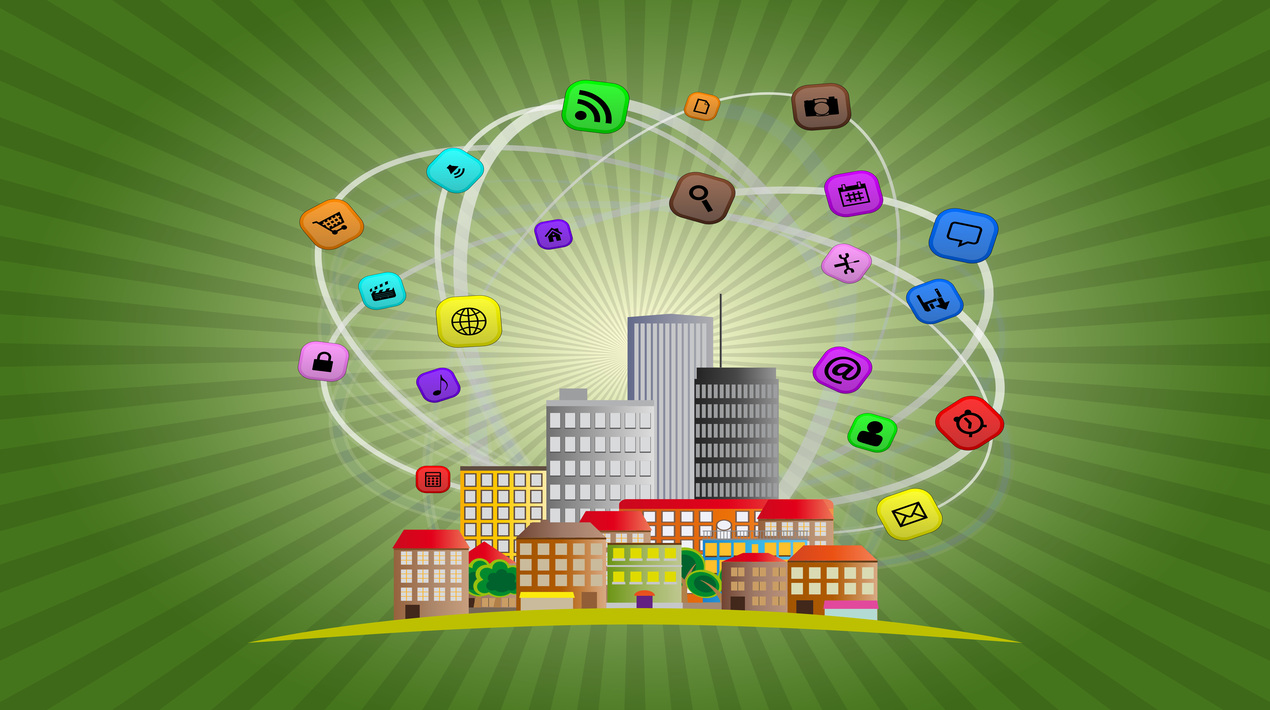
What makes a city smart often feature the use of digital technologies that improve residents’ quality of life, whether that means advancing economic, resilience, equity or safety goals. Other metrics have focused on investments, installed technology devices and outcomes like cost or time savings.
All these measurements are valid, according to the National Institute of Standards and Technology, but they’re limited and incomplete. Smart streetlights and traffic monitoring solutions produce data on energy savings and congestion reduction, but they don’t help cities find out if brighter streets at night and fewer traffic accidents make residents feel safer. Similarly, assessing the value of internet-of-things deployments is difficult because connected devices are usually customised for a specific location, infrastructure and use case.
There is often not a reliable and objective way to self-assess the level of success or impact that technologies have on inhabitants, technology deployments in smart cities are often limited to vertical applications and use cases with specific goals, rather than city-wide transformational goals. The agency wants to change that, making sure that cities have tools to measure progress, compare their results to other communities and build a smarter future for residents and businesses.
NIST takes a broad view of smart cities, defining “smart” as “the efficient use of digital technologies to provide prioritised services and benefits to meet community goals, such as economic vitality, equity, resilience, sustainability, or quality of life.
It then proposes holistic key performance indicators (H-KPI) cities can use to evaluate smart city projects that cross neighbourhoods, infrastructures, populations, income levels and use a variety of currently deployed technologies, from sensors to data platforms. The goal is to support the “reuse and repurposing of infrastructures, services and datasets, along with the integration of new technologies” so cities can keep pace with the rapidly evolving digital innovation landscape.
What’s different about the H-KPI framework is that it allows data assessment at three interacting levels of analysis:
- The technologies layer, which means sensors, networks, data systems and computational hardware and software.
- The infrastructure services level refers to communications, transportation, utilities and construction, as well as emergency response, law enforcement, waste management, education and city services.
- The community benefits layer includes applications that benefit people and businesses and provide equitable access, including for personal safety and security, business and jobs growth, health care and environmental quality, as well as arts and entertainment.
Robust information flow within and across the three levels of analysis is a key characteristic of a smart city or community and a core element of the H-KPI method. The framework assesses efficiency, effectiveness, quality and alignment with priorities and becomes the foundation for the five core metrics for measuring smart:
- Alignment of KPIs with community priorities across districts and neighbourhoods.
- Investment alignment with community priorities.
- Investment efficiency.
- Information flow density.
- Quality of infrastructure services and community benefits.
The application of the H-KPI framework is “intended to enhance the ability of cities and communities to use advanced technologies efficiently and effectively in improving the quality of life for their inhabitants. The approach will also benefit future efforts in the NIST smart cities and communities program including the NIST Global City Teams Challenge.
As reported by OpenGov Asia, NIST titled “Engineering Trustworthy Secure Systems”, addresses the engineering-driven perspective and actions necessary to develop more defensible and survivable systems, inclusive of the machine, physical, and human components that compose those systems and the capabilities and services delivered by those systems.
The need for trustworthy secure systems stems from the adverse effects associated with a diverse set of stakeholder needs that are driven by mission, business, and other objectives and concerns. The characteristics of these systems reflect a growth in the geographic size, number, and types of components and technologies that compose the systems; the complexity and dynamicity in the behaviours and outcomes of the systems; and the increased dependence that results in a range of consequences from major inconvenience to catastrophic loss due to adversity within the global operating environment.
















